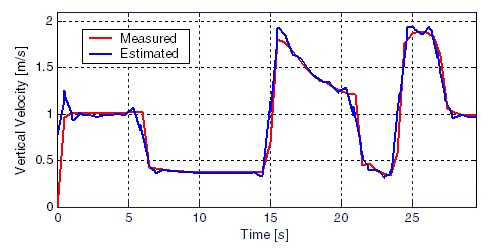
Parameter Estimation using SOS®SOS opens up a whole new field of applications to GESOP users. Now, with SOS it is possible to conduct high-performance parameter estimation inside the familiar GESOP environment. The results comply with the highest standards of reliability. More and more often inverse optimization is used to identify single parameters or even whole systems. The complexity of the analyzed problems and the demands regarding accuracy of the results as well as the need for rapid analysis capabilities will turn the use of optimization methods for such purposes into common practice just in a few years time. The way SOS works is by minimizing the elements of a residual vector. These residuals represent the deviations between measured data and computed values for selected states and controls at certain time points. As always, with GESOP, this feature can handle multi-phase problem descriptions. 
To give an illustrative example of a useful application we take a look at the identification of an experimental aircraft. Measurement data for the states is available from a test flight. And the objective is to obtain values for the aerodynamic coefficients. The 6DOF problem description is done in GESOP. Then SOS is started to perform the parameter estimation. The graph shows the measured data for the state "vertical velocity" along with the optimized state history. |